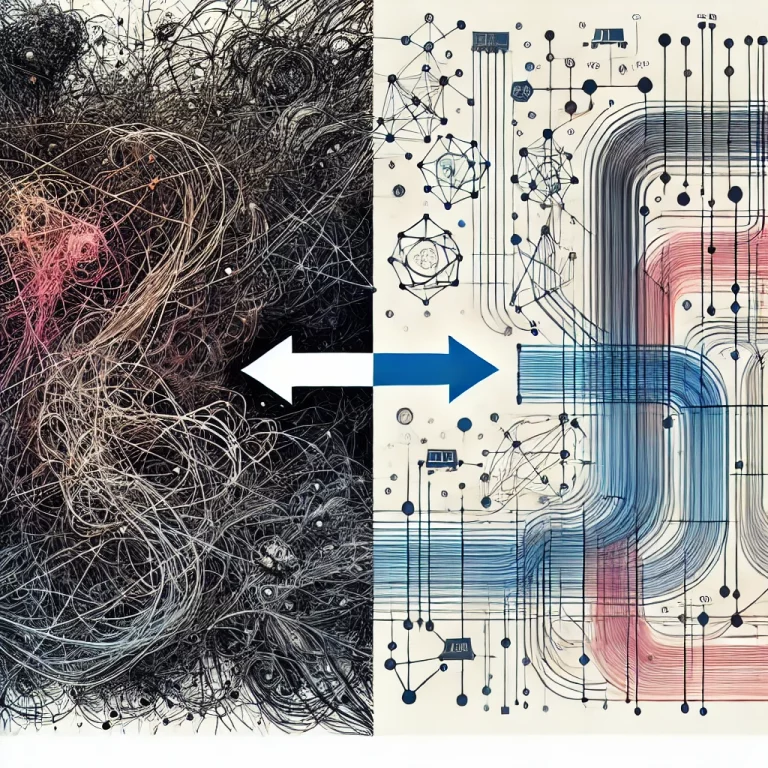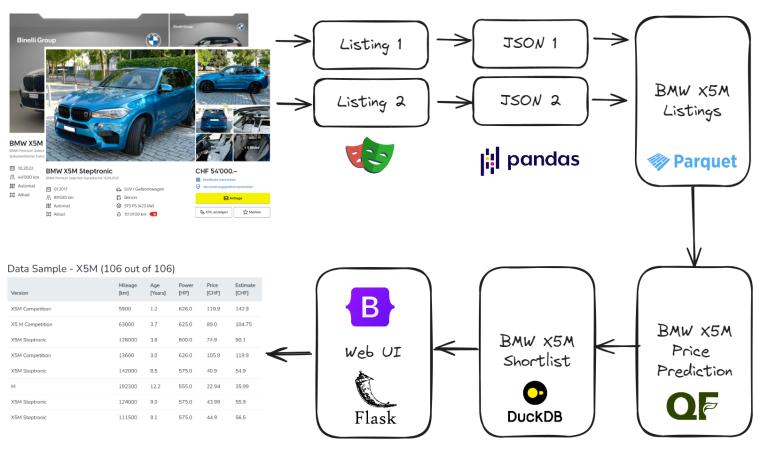Rule engines have the potential to streamline decision-making processes by separating business logic from the application code, allowing for greater flexibility and adaptability. However, despite these benefits, the adoption of rule engines often faces significant hurdles.
In this article, I’ll explore some of the key challenges that hinder their widespread use and discuss how these obstacles impact both developers and end-users.
1. Lack of Adoption: Users Don’t Define Their Own Rules
One of the main issues with rule engines is the lack of user adoption. In many cases, users are not actively creating their own rules, which poses significant challenges when it comes to validation, testing, and ensuring the accuracy of the system.
Without user-generated rules, the system’s effectiveness is compromised, making it difficult to achieve the desired outcomes.
This lack of involvement can be attributed to several factors, including the complexity of the system and the steep learning curve associated with understanding how to define and implement rules.
2. Steep Learning Curve: A Barrier for Users and Developers
For both users and developers, the learning curve associated with rule engines can be daunting.
The rules are often tightly coupled with the underlying model, which means that in order to create meaningful rules, one must have a deep understanding of the model itself.
This requirement presents a significant barrier to entry, particularly for non-technical users or those who are not familiar with the domain model. As a result, the time and effort required to learn and effectively use the rule engine can deter potential adopters.
3. Violation of the Principle of Least Surprise: Unfamiliar Toolsets and Debugging Challenges
The principle of least surprise suggests that software should behave in a way that minimizes the unexpected for users.
Unfortunately, rule engines often violate this principle, especially from a developer’s perspective. The tool sets provided by rule engines can be unfamiliar, and debugging can be either impossible or extremely cumbersome.
Moreover, many rule engines require the use of a domain-specific language (DSL), which developers must learn before they can effectively use the system. This additional learning requirement can further complicate the development process and lead to frustration.
4. Leaky Abstractions: Hidden Complexities in Java Code
While rule engines are designed to abstract and simplify business logic, they often introduce “leaky abstractions” that complicate the underlying code.
Despite the abstraction, developers frequently find themselves having to make extensive modifications to the programming code that encapsulates the domain model to ensure the system functions correctly.
This issue is amplified when business data objects are extended with logic but in the wrong layer of the application (e.g. POJOs or Data Classes).
As a result, the intended separation of concerns is violated, leading to code that is harder to maintain and debug.
Conclusion
While rule engines offer many theoretical advantages, their practical implementation can be fraught with challenges.
From steep learning curves to leaky abstractions, these obstacles can deter adoption and complicate the development process.
Complex solutions that work emerge from simple solutions that work. So start with the simple solution and let programmers do the work of integrating the business rules. Then evolve from there.



